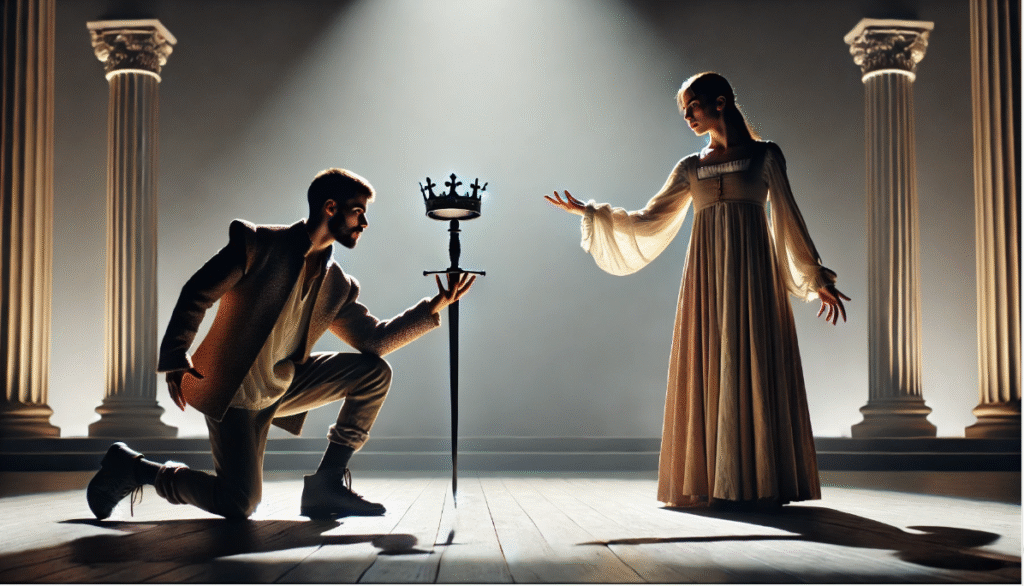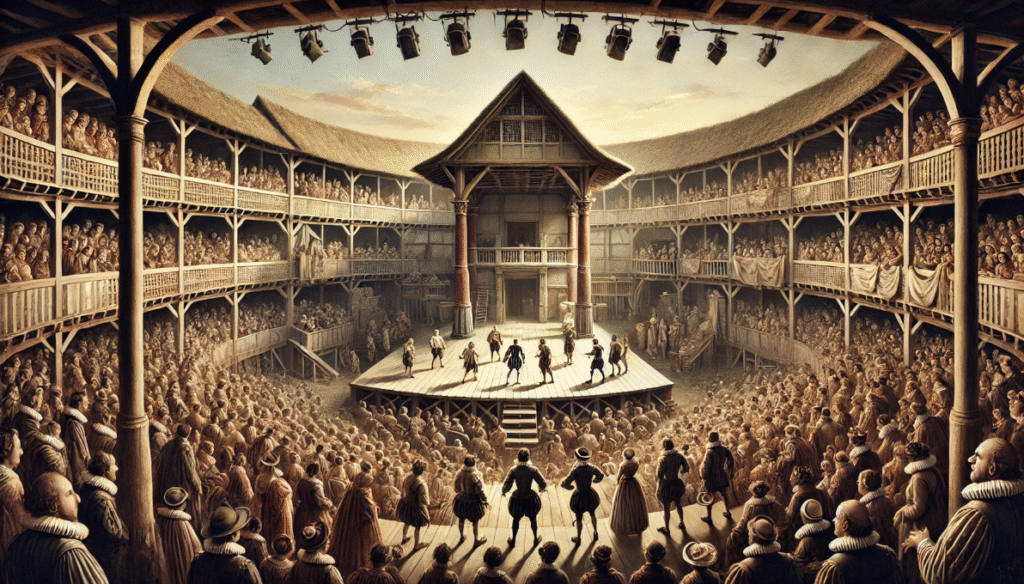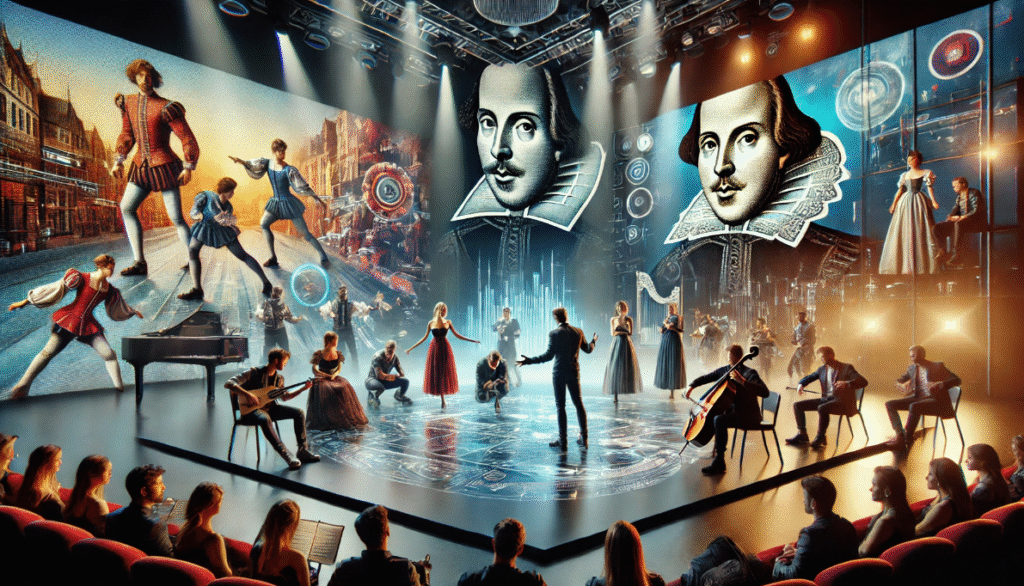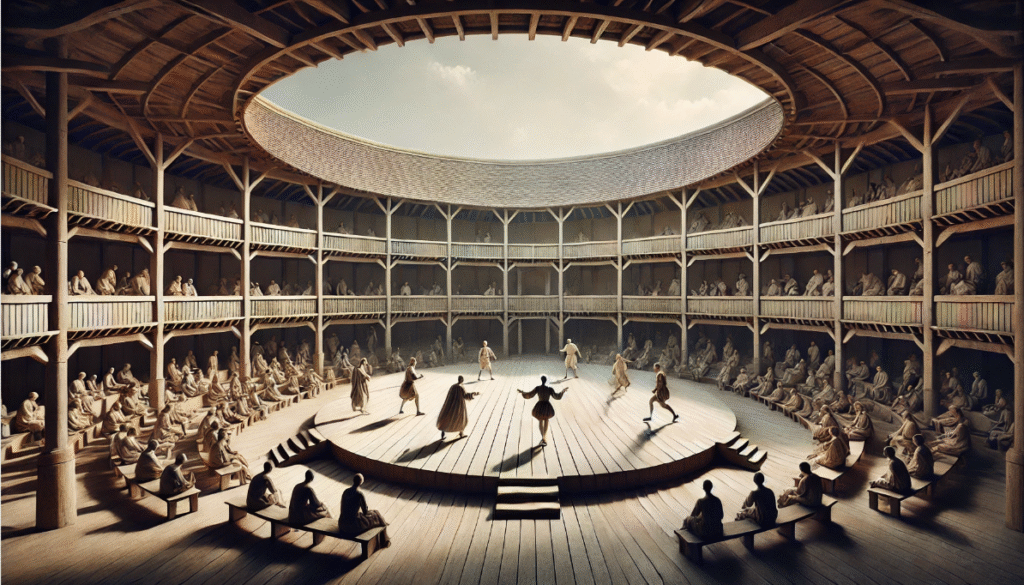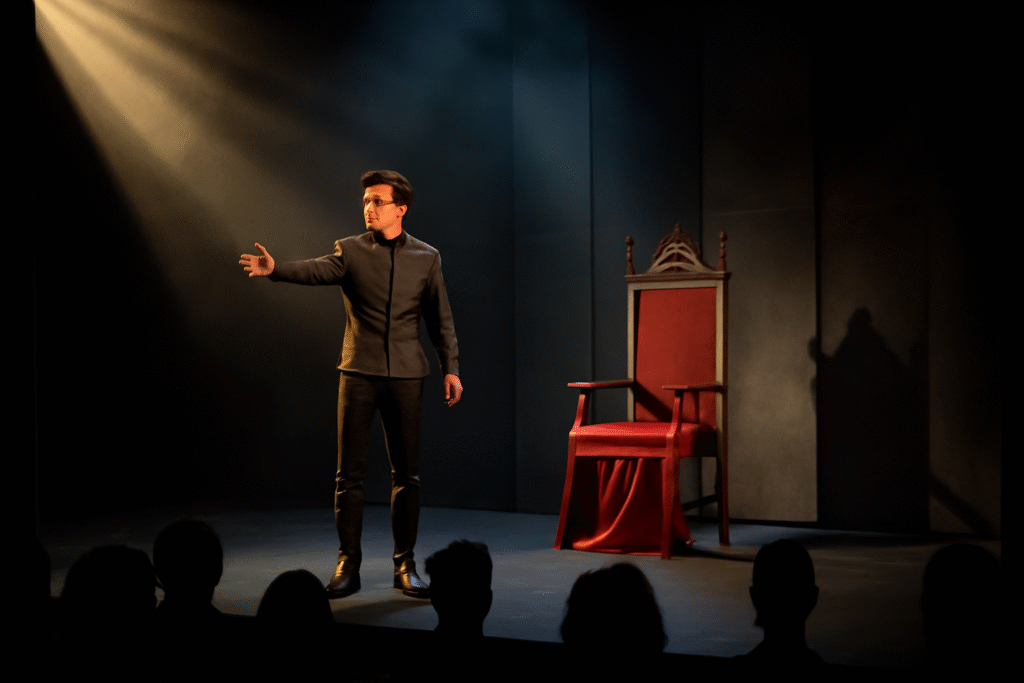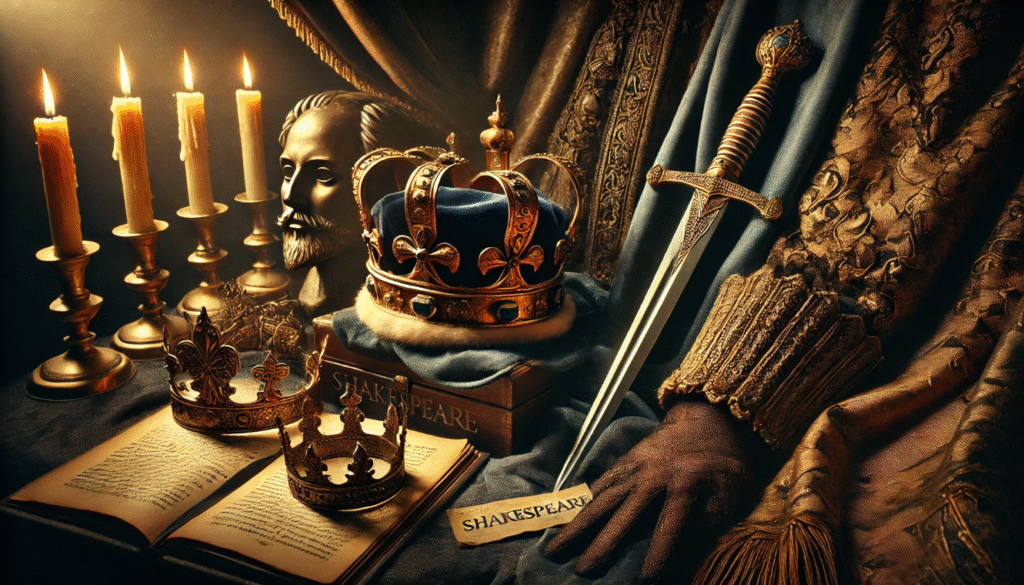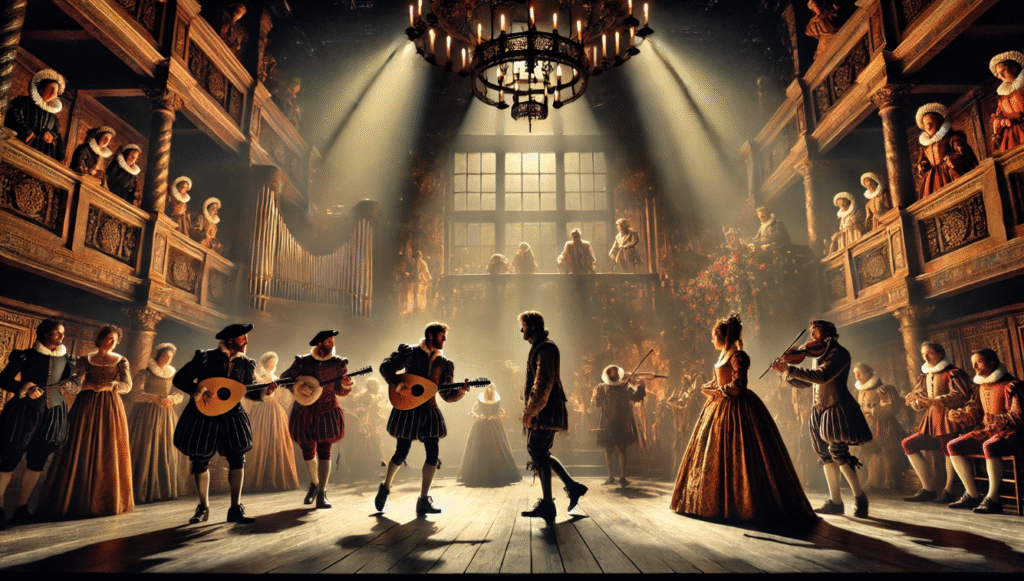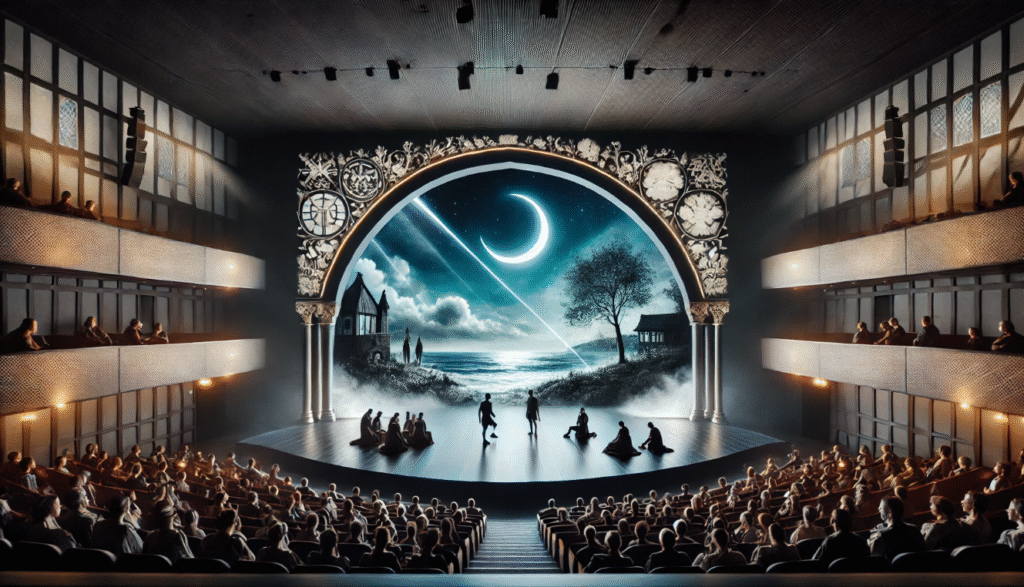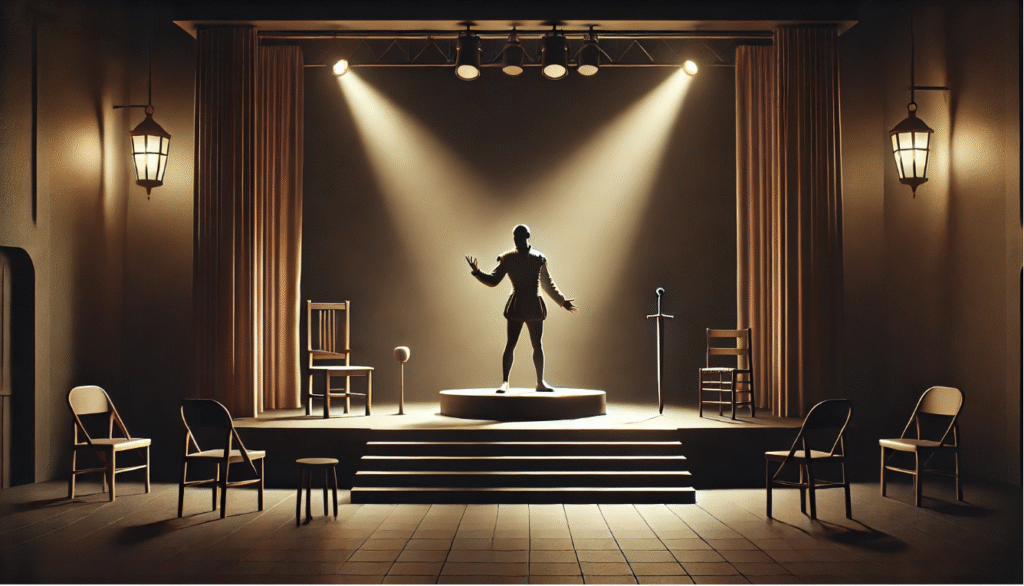Imagine stepping onto the wooden stage of the Globe Theatre in 1600, the air buzzing with anticipation as a raucous crowd of groundlings and nobles awaits your first line. As an actor in Shakespearean theatre, you hold the power to transform words into living, breathing stories that captivate hearts and minds. The role of actors in Shakespearean theatre was pivotal, not only in performing but in shaping the cultural and artistic legacy of Elizabethan England. This article explores how these performers mastered complex language, navigated unique challenges, and brought Shakespeare’s timeless works to life. Whether you’re a theatre enthusiast, a student of stagecraft, or an aspiring actor, understanding the artistry of these performers offers valuable lessons for today’s stage.
The significance of actors in Shakespearean theatre lies in their ability to bridge the gap between script and audience, turning poetic dialogue into emotional truth. Drawing on historical records, insights from modern directors, and centuries-old techniques, this article uncovers the skills, challenges, and enduring impact of these performers. Let’s dive into the world of Elizabethan theatre and discover how actors made Shakespeare’s plays unforgettable.
The Historical Context of Shakespearean Actors
The Elizabethan Theatre Landscape
Elizabethan theatre was a vibrant, chaotic world where actors performed in open-air venues like the Globe Theatre, a polygonal structure with a thrust stage surrounded by a diverse audience. The Globe, built in 1599, hosted up to 3,000 spectators, from rowdy groundlings standing in the pit to wealthy patrons in the galleries. Performances occurred in daylight, with minimal props and no artificial lighting, placing immense responsibility on actors to create the scene through their delivery and presence.
Theatre in Elizabethan England was more than entertainment; it was a cultural mirror reflecting societal values, political tensions, and human experiences. Plays like A Midsummer Night’s Dream or Henry V drew crowds eager for laughter, tragedy, and patriotic fervor. Actors faced the challenge of engaging a varied audience while contending with unpredictable weather, hecklers, and the physical demands of an open stage.

Who Were Shakespeare’s Actors?
Shakespeare’s actors were members of professional troupes like the King’s Men, led by luminaries such as Richard Burbage, the first Hamlet and Othello. These all-male companies included seasoned performers and young apprentices, often boys as young as 12, who played female roles like Juliet or Cleopatra. Unlike today’s actors with formal conservatory training, Elizabethan performers learned through apprenticeships, honing their craft in the crucible of live performance.
Actors like Burbage were celebrated figures, their versatility shaping Shakespeare’s writing. Historical records, such as those from the Stationers’ Register, show that Burbage’s commanding presence influenced roles written specifically for him. These performers were not just actors but multi-skilled artists, often doubling as musicians or dancers, adapting to the fast-paced demands of repertory theatre.
Core Responsibilities of Actors in Shakespearean Theatre
Mastering Shakespeare’s Language
The heart of Shakespearean performance lay in the mastery of language. Shakespeare’s plays, written in iambic pentameter, demanded actors memorize hundreds of lines filled with poetic imagery and complex rhetoric. Soliloquies, like Hamlet’s “To be or not to be,” required actors to convey philosophical depth while maintaining clarity for a noisy audience. Actors used vocal techniques—pitch, pace, and pauses—to make verse accessible and emotionally resonant.
For example, in delivering Hamlet’s famous soliloquy, actors had to balance introspection with theatricality, ensuring the audience felt the character’s inner turmoil. Historical accounts suggest actors rehearsed with cue scripts, containing only their lines and cues, forcing them to rely on listening and improvisation. This skill remains a cornerstone of Shakespearean training today, as actors learn to “speak the speech” with precision and passion.
Physicality and Stagecraft

With minimal scenery, actors relied on physicality to create the world of the play. Gestures, posture, and movement were critical in conveying character and emotion. A king’s regal stance or a lover’s expressive gestures painted the scene where sets could not. Costumes, often lavish for nobles or tattered for commoners, signaled status, while props like swords or crowns were used symbolically.
Modern directors, such as Sir Kenneth Branagh, emphasize that Elizabethan actors were masters of physical storytelling. In Romeo and Juliet, for instance, the balcony scene’s intimacy relied on the actors’ ability to project longing through subtle movements, visible even to the back of the Globe. This physicality made performances vivid and immersive, a technique still studied in acting workshops.
Engaging Diverse Audiences
Shakespeare’s audiences were a mix of illiterate laborers and educated elites, requiring actors to appeal to varied tastes. A comedic character like Bottom in A Midsummer Night’s Dream used slapstick to delight groundlings, while nuanced dialogue in Othello captivated scholars. Actors often broke the fourth wall, addressing the audience directly with asides or witty banter, fostering a lively, interactive atmosphere.
The Fool in King Lear exemplifies this balance. Actors playing the Fool used sharp wit and physical comedy to entertain while delivering biting social commentary. Historical anecdotes describe actors adapting performances on the fly, responding to audience reactions—a skill that modern improv troupes still emulate.
Unique Challenges Faced by Shakespearean Actors
Performing in an All-Male Cast
One of the most distinctive challenges was the all-male cast, with boys playing female roles. These young actors, trained rigorously in voice and movement, portrayed complex characters like Lady Macbeth with remarkable skill. They used high-pitched voices, padded costumes, and graceful gestures to embody femininity, convincing audiences despite the absence of women on stage.
Historical records, such as those from the 1601 performance of Twelfth Night, praise boy actors for their ability to capture the emotional depth of characters like Viola. This practice required immense versatility, as boys often transitioned to male roles as they aged, showcasing the adaptability of Elizabethan performers.
The Demands of Repertory Theatre
Repertory theatre meant actors performed different plays daily, memorizing multiple roles simultaneously. A single week might include Macbeth, As You Like It, and Henry IV. This demanded extraordinary mental and physical stamina, as actors performed for hours without microphones, projecting to a large, open-air theatre.
Modern actors, like those at the Royal Shakespeare Company, use techniques like vocal warm-ups and mnemonic exercises inspired by Elizabethan practices to manage similar demands. These strategies highlight the enduring relevance of Shakespearean training for today’s performers.
Navigating Censorship and Social Norms
Actors operated under the watchful eye of the Master of the Revels, who censored plays for political or religious content. Performances of Measure for Measure, with its themes of morality and corruption, required actors to deliver subversive lines with subtlety to avoid penalties. This delicate balance tested their ability to convey layered meanings while staying within societal bounds.
For instance, actors might emphasize certain words or use gestures to hint at forbidden ideas, a technique known as “pointing” the text. This skill allowed them to engage audiences intellectually while navigating the era’s strict regulations.
The Actor’s Role in Shaping Shakespeare’s Legacy
Collaboration with Shakespeare
Actors in Shakespearean theatre were not mere performers but active collaborators in the creative process. Shakespeare, as a member of the King’s Men, wrote with specific actors in mind, tailoring roles to their strengths. Richard Burbage’s commanding presence, for instance, inspired the complex protagonists of Hamlet and Othello. Historical evidence, such as Philip Henslowe’s diaries, suggests actors provided feedback during rehearsals, influencing dialogue and stage directions.
This collaboration extended to improvisation, a common practice in Elizabethan theatre. Actors might embellish comic scenes or adapt lines to suit audience reactions, refining the play’s impact. Theatre historian Tiffany Stern notes that this dynamic process made actors co-creators, shaping the fluid nature of Shakespeare’s scripts before they were standardized in print.
Emotional and Intellectual Interpretation
Shakespeare’s plays demanded actors deliver performances that balanced emotional depth with intellectual rigor. Characters like Macbeth, whose descent into paranoia unfolds over five acts, required actors to portray psychological complexity in a way that resonated with audiences. This meant mastering subtle shifts in tone, from ambition to guilt, often within a single monologue.
For example, in Richard III, actors had to convey the character’s charisma and villainy simultaneously, engaging the audience’s fascination while highlighting his moral decay. Historical accounts praise actors like Burbage for their ability to “become” their characters, a skill that set Shakespearean performances apart from the more formulaic acting of earlier medieval plays.

Preserving the Oral Tradition
Before Shakespeare’s works were widely published, actors were the primary custodians of his plays. The First Folio of 1623, compiled by actors John Heminges and Henry Condell, preserved 36 plays, many of which might have been lost without their efforts. Actors memorized and performed these works, ensuring their survival through an oral tradition.
This role as cultural stewards extended to shaping public perception of Shakespeare’s works. Popular performances of Romeo and Juliet or A Midsummer Night’s Dream cemented their status as cultural touchstones, with actors’ interpretations influencing how audiences understood the stories. Their performances laid the foundation for Shakespeare’s enduring global legacy.
Lessons for Modern Actors and Theatre Practitioners
Applying Elizabethan Techniques Today
The techniques of Shakespearean actors remain a cornerstone of modern acting training. Voice work, emphasizing clarity and rhythm in iambic pentameter, helps actors project emotion without amplification. Physical theatre, inspired by Elizabethan movement, enhances expressiveness in minimalist productions. For example, the Royal Shakespeare Company’s workshops teach actors to use gesture to convey character, echoing the Globe’s reliance on physicality.
Modern actors also draw on Elizabethan practices for versatility. The ability to switch between comedy, tragedy, and history—often in a single season—mirrors the demands of repertory theatre. Actors like Dame Judi Dench credit Shakespearean training for their ability to tackle diverse roles across stage and screen.
Tip for Aspiring Actors: Practice speaking a Shakespearean monologue, like Portia’s “The quality of mercy” from The Merchant of Venice. Focus on varying pitch and pace to highlight emotional shifts, and record yourself to refine clarity.
The Enduring Appeal of Shakespearean Performance

Shakespeare’s plays remain a benchmark for acting excellence due to their universal themes and complex characters. Modern productions, from the Globe Theatre’s authentic stagings to avant-garde adaptations, showcase the versatility of Shakespearean roles. For instance, the 2019 RSC production of Macbeth used minimalist staging to emphasize the actors’ raw emotional delivery, echoing Elizabethan practices.
Contemporary actors like Mark Rylance highlight the challenge of making centuries-old dialogue feel immediate. In a 2020 interview, Rylance noted that Shakespeare’s language forces actors to “dig deeper” into human truths, a process that resonates with audiences across cultures. This timeless quality ensures Shakespeare remains a vital part of theatre education and performance.
Common Misconceptions About Shakespearean Actors
Myth: Actors Were Untrained Amateurs
A common misconception is that Elizabethan actors were untrained amateurs. In reality, they underwent rigorous apprenticeships, learning from seasoned performers in troupes. Records from the Lord Chamberlain’s Men show young actors trained for years, mastering voice, movement, and stage combat. This professional training enabled them to handle Shakespeare’s demanding roles with precision.
Myth: Performances Were Static and Lacked Emotion
Some believe Elizabethan performances were stiff or formulaic, but historical accounts describe dynamic, emotionally charged acting. Actors used exaggerated gestures and vocal modulation to convey passion, as seen in reviews of Burbage’s Hamlet, which praised his “lively” portrayal. These techniques brought Shakespeare’s characters to life in vivid, memorable ways.
Myth: Female Roles Were Unconvincing
Critics sometimes assume boy actors playing female roles were unconvincing, but contemporary accounts suggest otherwise. Trained to modulate their voices and adopt feminine mannerisms, these young performers were highly skilled. A 1601 review of Twelfth Night lauded the boy actor playing Viola for his “grace and truth,” proving their ability to captivate audiences.
FAQs About Actors in Shakespearean Theatre
- What training did Shakespearean actors receive?
Actors trained through apprenticeships within troupes, learning voice, movement, and stagecraft from experienced performers. Practical experience, not formal schools, shaped their skills. - How did actors memorize so many lines?
Using cue scripts, actors memorized lines through repetition and mnemonic techniques. Frequent performances reinforced retention, with some actors handling multiple roles weekly. - How did boy actors portray female characters convincingly?
Boy actors used high-pitched voices, padded costumes, and trained gestures to embody female roles. Their performances were refined through rigorous coaching and practice. - What was the audience’s role in performances?
Audiences were active participants, shouting reactions or engaging with asides. Actors adapted to these responses, creating a dynamic, interactive experience. - How do modern actors approach Shakespearean roles?
Modern actors study historical techniques, take voice and movement classes, and participate in workshops at institutions like the RSC to master Shakespeare’s language and physicality.
The role of actors in Shakespearean theatre was transformative, turning poetic scripts into vivid, emotional experiences that captivated Elizabethan audiences. These performers mastered complex language, navigated unique challenges, and collaborated with Shakespeare to shape his legacy. Their techniques—vocal precision, physical storytelling, and audience engagement—remain vital for modern actors and theatre practitioners. Whether you’re an aspiring performer or a theatre enthusiast, attending a Shakespearean production or practicing a monologue can deepen your appreciation for this timeless craft. Explore the Globe Theatre’s legacy or join a local acting workshop to experience the magic of Shakespearean performance firsthand.


